Claude Cahun (1894-1954), born Lucy Schwob, was a Jewish queer French surrealist photographer and writer. Her partner, Marcel Moore, born Suzanne Malherbe, was a Jewish queer French illustrator, designer and photographer. Together, the infamous work of Cahun and Moore broke several boundaries about gender and sexual norms. Their refusal to conform to societal expectations and defy norms led them to become influential genderqueer artists in the realm of surrealist photography.
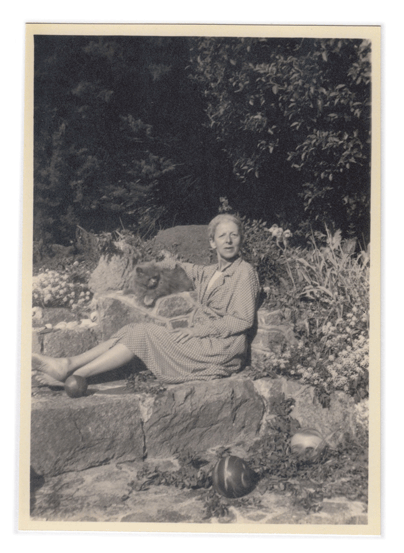
Cahun’s work was mainly self-portraiture, crossing a variety of gender borders. She focused on defying all attempts of categorization according to gender. Her images would portray her as feminine, masculine, androgynous, seductive, and aggressive. Cahun created her category to freely express herself according to her desires, regardless of societal expectations. Her work was both political and personal, dabbling in images of female rage, an emotion that individuals often struggle to express themselves.
Self Portrait as a Young Girl (1914) is one of the earliest known self-portraits by Cahun. The image portrays her as a depressed and enraged artist, an uncommon characterization for women in 1914. She lies in bed with her hair dishevelled and her eyes wide open, adding greater layers to the expectation she remains an object of desire. This image was revolutionary. It introduces the narrative of a complicated yet staunch female figurehead who has been silenced by patriarchal hierarchy for far too long.
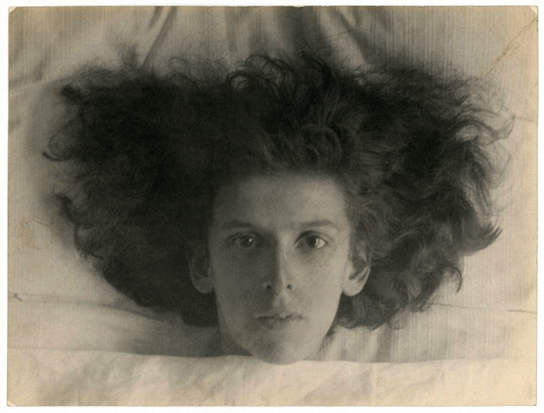
Cahun’s life and work have continuously been a mystery for its viewers. Her most notable work, I am in training don’t kiss me (1927), is a presentation of identity that features her as neither wholly masculine nor feminine. Cahun adopts a representation of a feminized strongman, merging both masculine and feminine stereotypes. The image’s ambiguity highlights the small gap between both genders. Cahun’s art sets the stage for a post-modern performative sentiment. Her pictures were far ahead of its time, dealing with issues of identity and sexual orientation long before they became topics of discourse. In the late 1920s, as feminism and suffrage were sweeping across The United States and Europe, Cahun’s work broke through gender boundaries. She continuously aimed to represent herself as a human being rather than as a woman or a man.
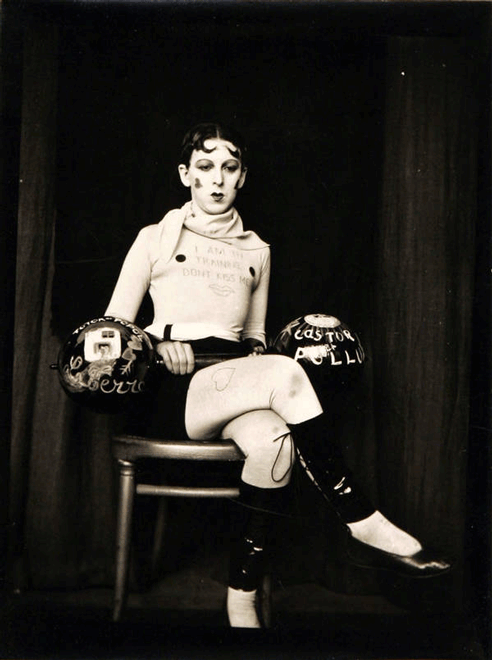
Most of Cahun’s work was often a collaboration with Marcel Moore. Moore was prominently featured and involved in the creation of Cahun’s best work. She illustrated Cahun’s creative writing and assembled photographs for her autobiography Aveux non avenus (translated as “disavowed confessions”). Moore was often the subject and dedication behind Cahun’s art. She was standing behind the camera accompanying Cahun during her portrait shoots, making her an equal partner in their collages.
In 1937 when war tensions began to rise in France, Cahun and Moore fled to the island of Jersey to escape growing anti-Semitism. They resided on the island until 1940 when the Nazis officially took over. Cahun and Moore resisted the regime by disguising themselves as German soldiers and spreading false propaganda. Together they produced anti-German fliers by taking snippets of BBC reports on the Nazi’s crimes, pasting them together to create poems about their harsh criticism. The couple dressed up and attended German military events in Jersey, strategically placing their fliers in the pockets of soldiers, their cigarette boxes, and under windshield wipers. Cahun and Moore used their artwork as a tool to manipulate and antagonize the authority which they despised.
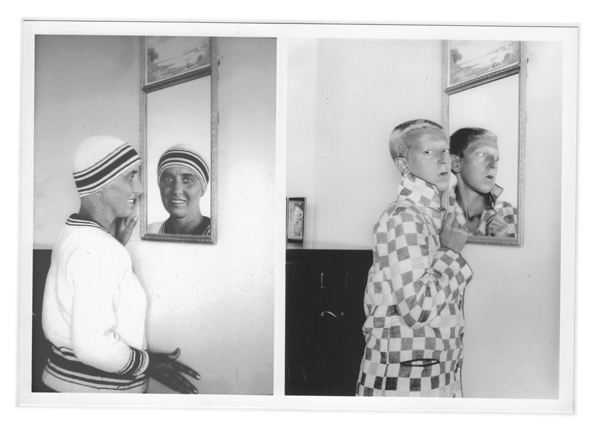
Cahun directed her life’s work towards undermining absolute authority. Whether it was the Nazis or society in general, her resistance efforts were both political and artistic. Cahun and Moore were artists ahead of their time. They displayed a revolutionary way of thinking and creating, using the audience’s understanding of photography to demonstrate the reality around them. In 1944, Cahun and Moore were arrested and sentenced to death by Nazi forces. However, their sentence was never carried out, as the island was liberated in 1945. Cahun’s health started deteriorating from her maltreatment in jail, resulting in her death in 1954. Moore continued to live in Jersey for 18 years after that until she died in 1972.
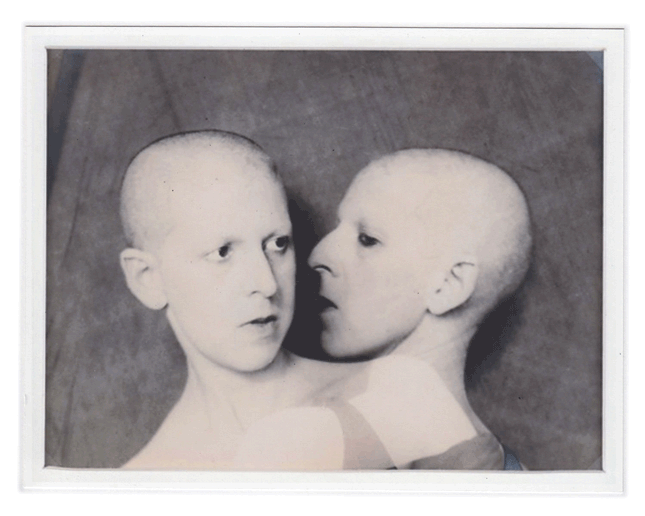
Cahun and Moore remain symbols of individual agency overcoming societal preconceptions. They continue to be inspirations for individuals with their captivating work. Their non-binary perspective gives an original take on surrealism, opening up art to a genre that had never been explored before. Their names, Claude Cahun and Marcel Moore, were critical symbolic expressions of their worldviews. However, today they remain buried together under a single gravestone inscribed with two Stars of David and their birth names. Their lives were a performance, inspiring and encouraging change wherever they went.
